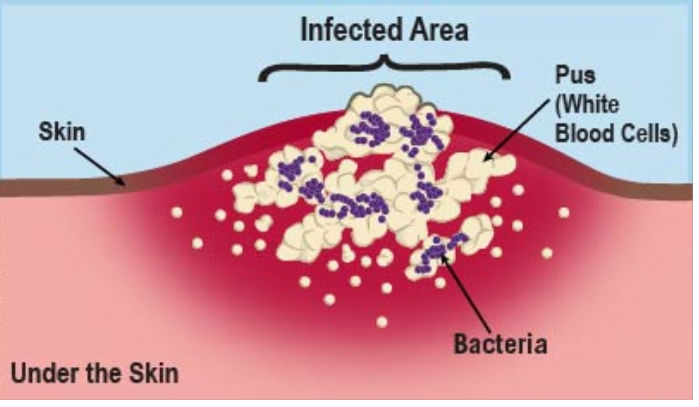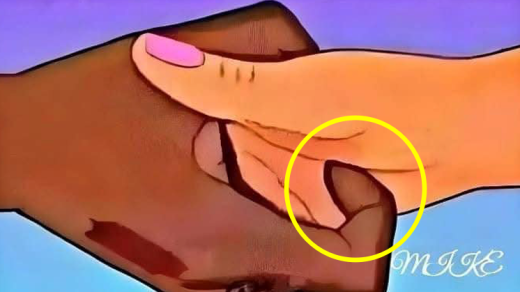Methicillin-resistant Staphylococcus aureus (MRSA) infection is caused by a type of staph bacteria that’s become resistant to many of the antibiotics used to treat ordinary staph infections.
Most methicillin-resistant Staphylococcus aureus (MRSA) infections occur in people who’ve been in hospitals or other health care settings, such as nursing homes and dialysis centers. When it occurs in these settings, it’s known as health care-associated (HA-MRSA). Health care-associated methicillin-resistant Staphylococcus aureus (HA-MRSA) infections usually are associated with invasive procedures or devices, such as surgeries, intravenous tubing or artificial joints. HA-MRSA can spread by health care workers touching people with unclean hands or people touching unclean surfaces.
Another type of infection has occurred in the wider community — among healthy people. This form, community-associated (CA-MRSA), often begins as a painful skin boil. It’s usually spread by skin-to-skin contact. At-risk populations include groups such as high school wrestlers, child care workers and people who live in crowded conditions.
Draining the infection may be the only treatment needed for a skin MRSA infection that has not spread. A provider should do this procedure. Do not try to pop open or drain the infection yourself. Keep any sore or wound covered with a clean bandage.
In the video below you can watch one women that is squeezing the abscess at home.
Video:



